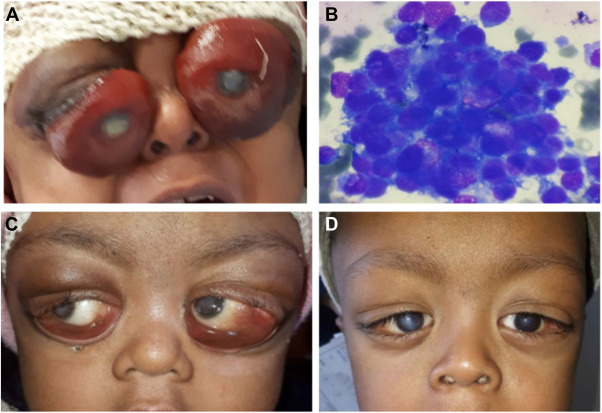The article titled “0.۱۹-mg fluocinolone acetonide intravitreal implant for diabetic macular edema: intraocular pressure-related effects over 36 months” by Daniel B Roth et al. published in Ophthalmol Retina in 2023, aims to evaluate the effects of the 0.19-mg fluocinolone acetonide (FAc) intravitreal implant on intraocular pressure (IOP) in patients with diabetic macular edema (DME). This study involves a secondary analysis of a 36-month, phase 4, non-randomized, open-label observational study.
The study included 202 eyes from 159 patients who received the FAc implant following a successful prior steroid challenge. The study assessed IOP values, incidence of IOP elevations, and best-corrected visual acuity (BCVA) for up to 36 months post-FAc implant. The results showed that mean IOP remained stable over the 36-month period, with a peak change from baseline at 9 months.
At 36 months, there was a cumulative probability of 32.5% for an IOP event >۲۵ mmHg and 15.6% for an IOP event >۳۰ mmHg.
The probability of requiring IOP-lowering medication by month 36 was 38.3%.
Most eyes did not have sustained IOP elevations, and BCVA remained stable regardless of IOP status. The study concluded that the FAc implant was associated with relatively stable IOPs over 36 months, and IOP elevations did not significantly impact long-term visual outcomes. However, the article suggests that routine IOP monitoring should be scheduled due to the possibility of IOP elevation beyond predictions from prior corticosteroid challenges.
First Author: Daniel B Roth
Journal: Ophthalmol Retina.
DOI: 10.1016/j.oret.2023.08.004

